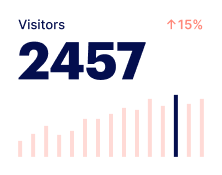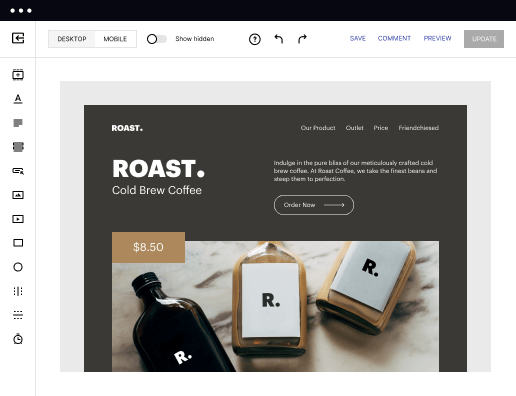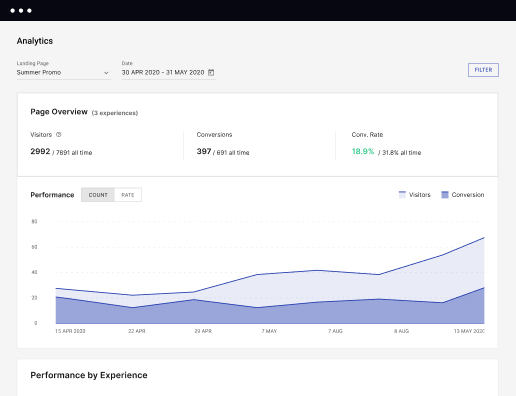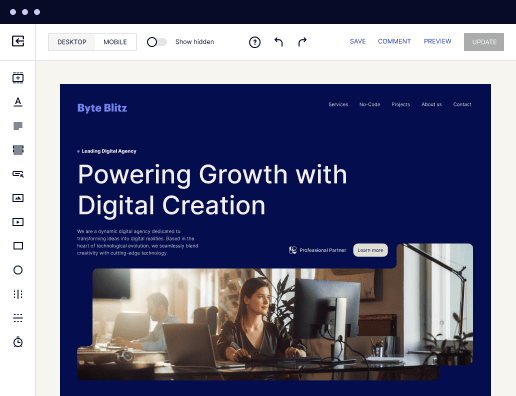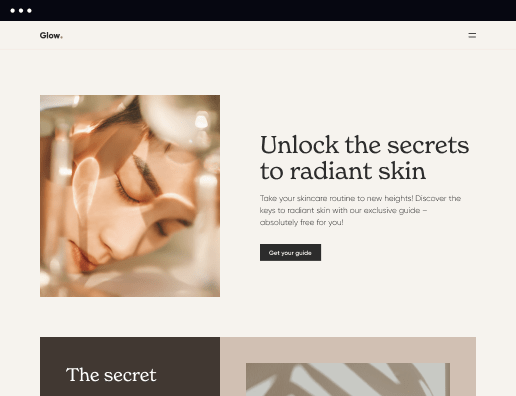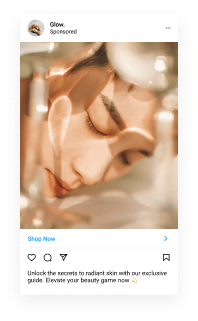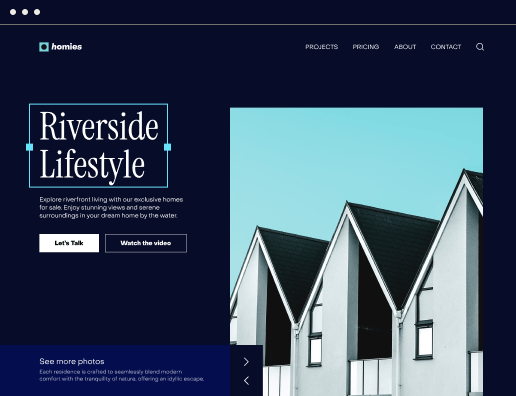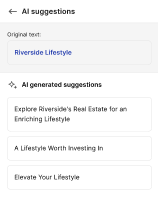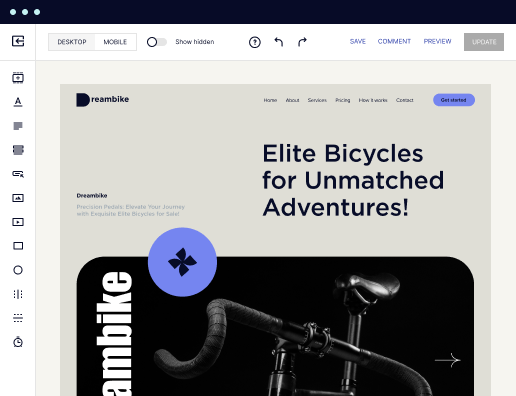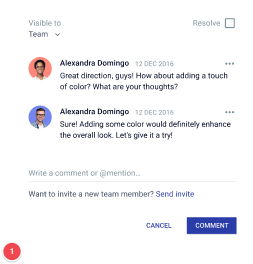Make your landing page compatible with Facebook Pixel: Act effortlessly
Create your landing page compatible with Facebook Pixel and effortlessly optimize your web pages for diverse ads and audiences. Transform visitors into leads and sales while bolstering brand trust and nurturing customer loyalty.
Leadpages facebook pixel: Your ultimate how-to guide
In the digital marketing landscape, having tailored landing pages that effectively capture and convert leads is crucial. Instapage's landing page platform allows marketers to design and implement pages that not only resonate with their audience but also integrate seamlessly with tracking tools like Facebook Pixel. This guide will walk you through the process of creating a landing page compatible with Facebook Pixel, enhancing your ability to track conversions and optimize marketing campaigns.
Understanding Facebook Pixel Integration
Facebook Pixel is a powerful tool that tracks user interactions and optimizes ad targeting. By integrating Facebook Pixel with your landing pages, you can gather data on visitor behavior, which allows you to create more personalized marketing campaigns. This section covers what Facebook Pixel is and why it’s essential for your marketing strategy.
- Enhanced tracking capabilities: Enables you to see how users interact with your site after clicking on ads.
- Audience segmentation: Allows you to customize your audience based on their behavior on your site.
- Conversion optimization: Helps you retarget users who previously interacted with your landing pages.
Step 1: Set Up Your Facebook Pixel
Before creating your landing page, you must set up your Facebook Pixel. Follow these steps to get started:
- Create a Facebook Ad Account: Go to your Business Manager and create or select your ad account.
- Generate Your Pixel Code: Navigate to 'Pixels' under Events Manager and follow the instructions to create your Pixel.
- Add the Pixel Code to Instapage: Copy the Pixel code and paste it into the custom script section of your landing page settings in Instapage.
Step 2: Design Your Landing Page
Now that your Facebook Pixel is set up, you can design your landing page. Consider the following best practices to make sure it’s optimized for conversions:
- Utilize conversion-focused templates: Instapage offers over 100 layouts designed for high conversion.
- Implement dynamic text replacement: Ensure your content aligns with your ad messaging to improve relevance.
- Incorporate clear calls-to-action: Position strong CTAs prominently to guide users toward the desired action.
Step 3: Test and Optimize
Once your landing page is live, you’ll want to test its performance. Consider these strategies to ensure your page is effective:
- Conduct A/B testing: Test different versions of the page to see which one performs better.
- Use heatmaps: Analyze user behavior on the page to identify areas for improvement.
- Check analytics: Use Instapage’s dashboard to assess bounce rates, conversion rates, and overall effectiveness.
Integrating Facebook Pixel with your landing page not only enhances your ability to capture valuable data but also empowers you to fine-tune your marketing efforts for better results. By following these steps, you can create a landing page that drives conversions and builds lasting customer relationships.
Ready to create your own landing page compatible with Facebook Pixel? Start using Instapage today to leverage its powerful features and transform your marketing strategies!
Get more out of Create your landing page compatible with Facebook Pixel
Improve your Quality Score with quick load technology for landing pages
Increase conversions with content that aligns with your ads and audiences
Achieve maximum ROI by scaling your marketing initiatives
Leading the way in building high-performing landing pages





Frequently asked questions about ccpa facebook pixel
See how to create a landing page for facebook feature in action
Ready to skyrocket conversions?
Supercharge your ad campaigns with high-performing landing pages.
Get started
